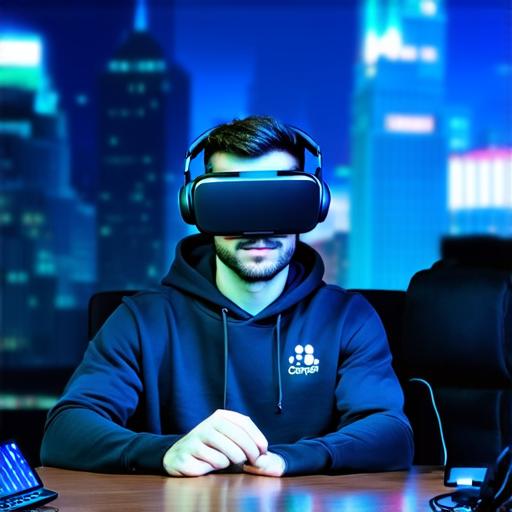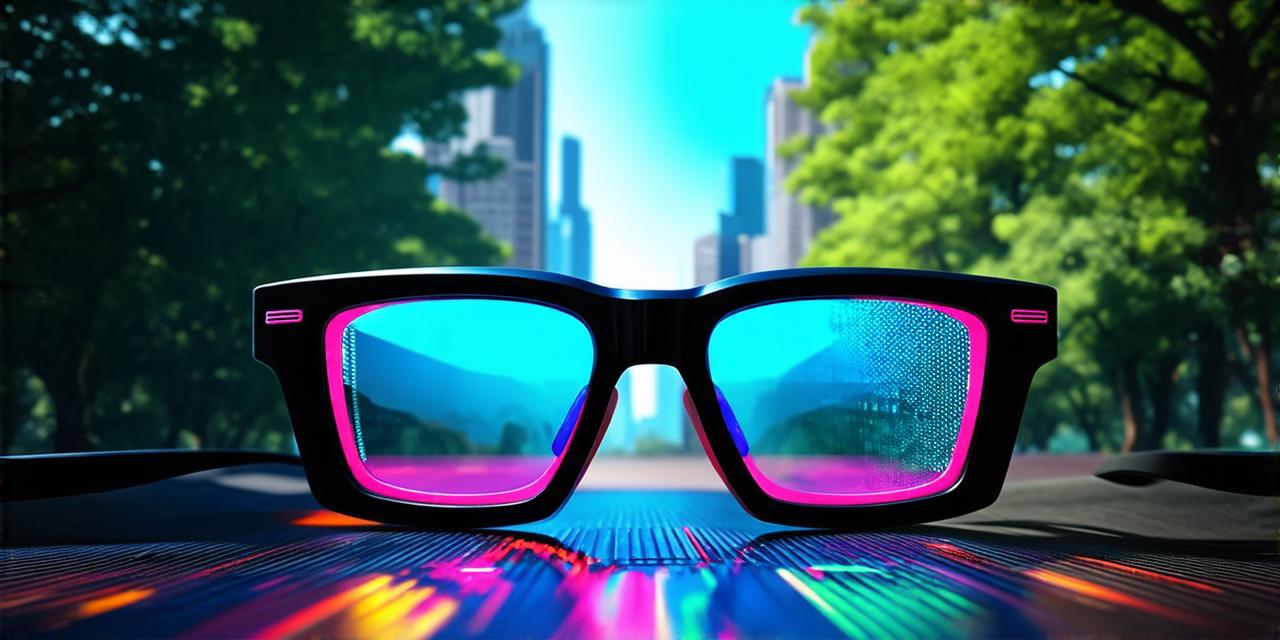Introduction to Augmented Reality
AR technology enables users to overlay digital information onto the real world. This allows people to experience an enhanced version of reality that combines digital elements with the physical environment. The technology was first developed in 1968 by Ivan Sutherland, who created a head-mounted display (HMD) that allowed users to see virtual objects superimposed on the real world. Since then, AR technology has evolved significantly and is now being used in various industries.
Latest Developments in Augmented Reality
1. Improved Display Technology
One of the biggest challenges in developing AR technology is creating displays that are lightweight, comfortable to wear, and offer high-resolution visuals. Recent advancements in display technology have allowed for significant improvements in these areas. For example, Oculus VR has developed a new display technology called “Next Gen Display” that offers higher resolution, improved contrast, and better color accuracy. Similarly, Samsung has developed a new OLED display technology that is lightweight and offers high-resolution visuals. These advancements in display technology are expected to drive further adoption of AR technology in various industries.
2. Enhanced User Interactions
AR technology has come a long way in terms of user interactions. With the advent of gesture recognition, users can now interact with virtual objects using hand gestures. This has made it possible for developers to create more immersive experiences that allow users to engage with digital information in a more natural and intuitive way. Additionally, advancements in eye-tracking technology have enabled developers to create experiences that are tailored to individual users based on their gaze patterns.
3. Advancements in Machine Learning
Machine learning algorithms are playing an increasingly important role in AR technology. These algorithms allow for more accurate object recognition and tracking, which in turn enables developers to create more realistic and interactive experiences. For example, Google’s “Live View” feature uses machine learning to overlay digital information onto the real world based on a user’s location and device.
4. Emergence of New Industries
AR technology is being used in various industries, including gaming, education, healthcare, and more. The emergence of these new industries has created new opportunities for VR developers to showcase their skills and expertise. For example, the use of AR technology in healthcare has enabled doctors to perform surgeries using virtual objects that are superimposed on the real world. This has improved accuracy and reduced the risk of complications during surgery.
Case Studies in Augmented Reality
1. IKEA’s AR App
IKEA’s AR app is a great example of how AR technology can be used to enhance user experiences. The app allows users to visualize furniture in their homes before making a purchase. Users can see how the furniture will look in their space and make adjustments as needed. This has improved customer satisfaction and reduced the number of returns.
2. Pokemon Go

Pokemon Go is another great example of AR technology being used for entertainment purposes. The app uses GPS to enable users to search for virtual objects in their real-world environment. Users can collect these objects and battle with other players to become the best Pokemon trainer. The app was a massive success, with millions of downloads worldwide.
Future Developments in Augmented Reality
1. Wearable Devices
Wearable devices such as smart glasses and headsets are expected to play an increasingly important role in AR technology. These devices offer a more immersive experience by allowing users to see the virtual objects directly in front of them, without the need for a separate screen.
